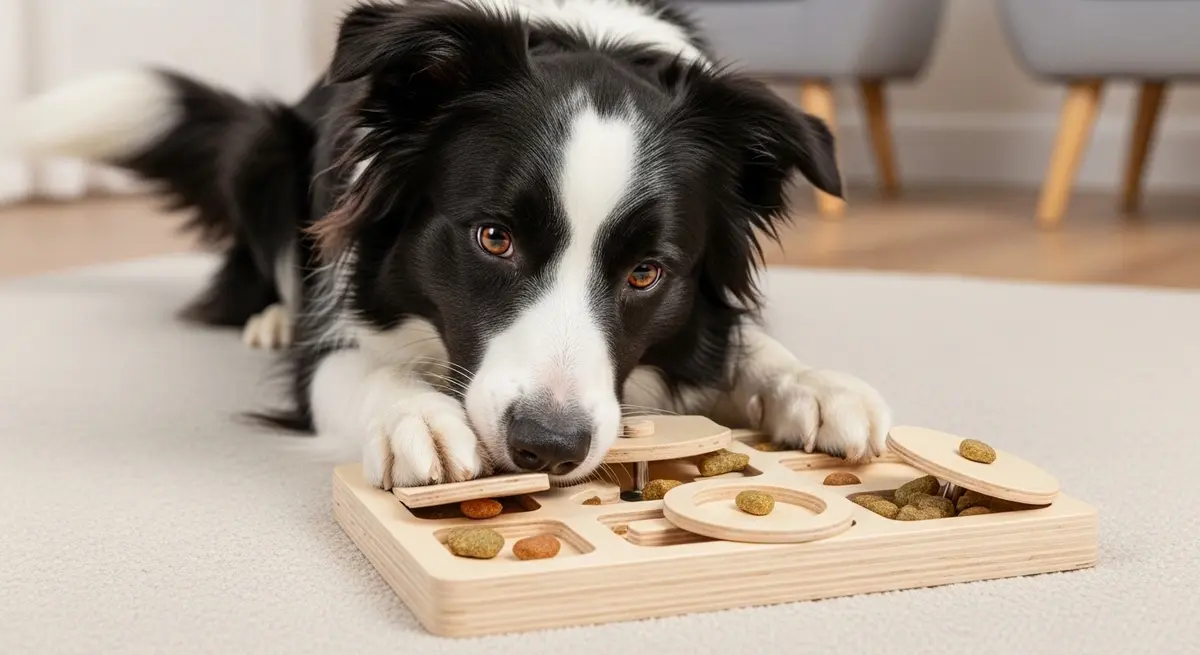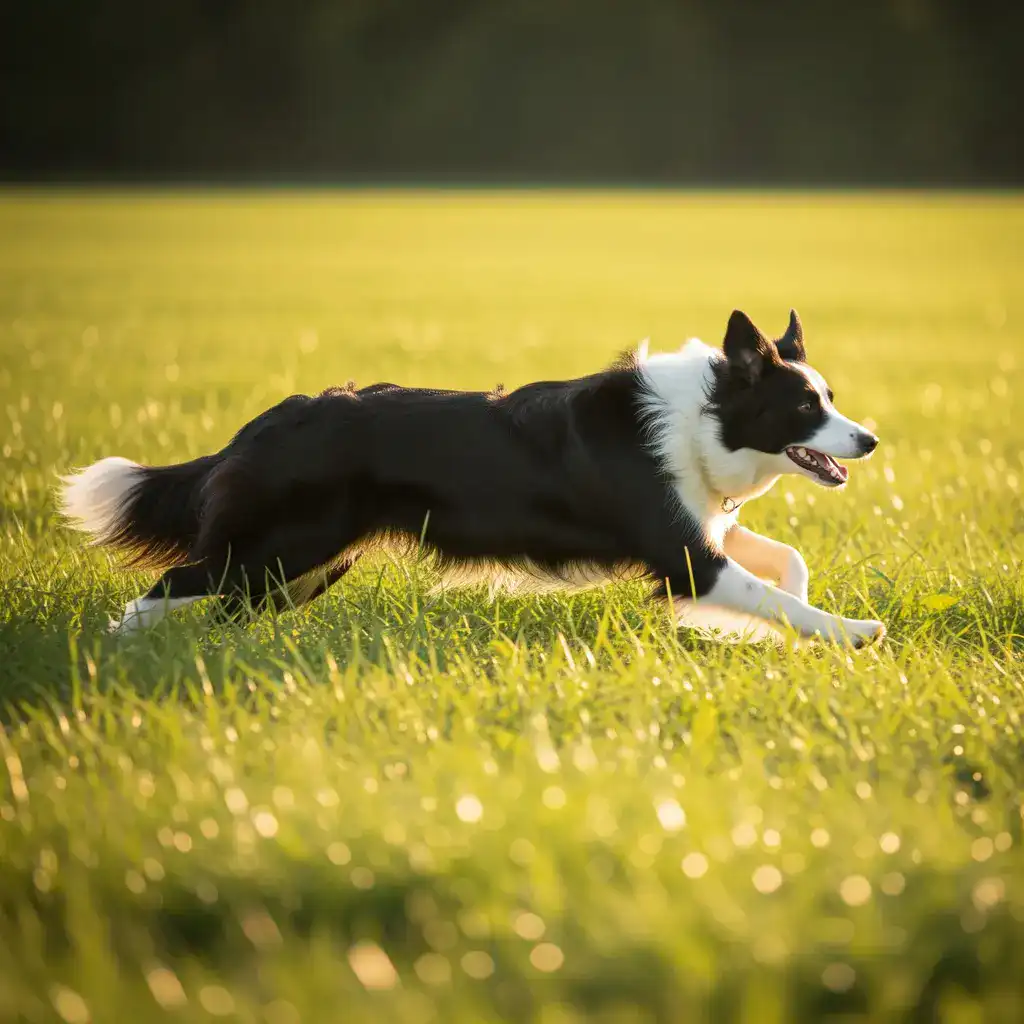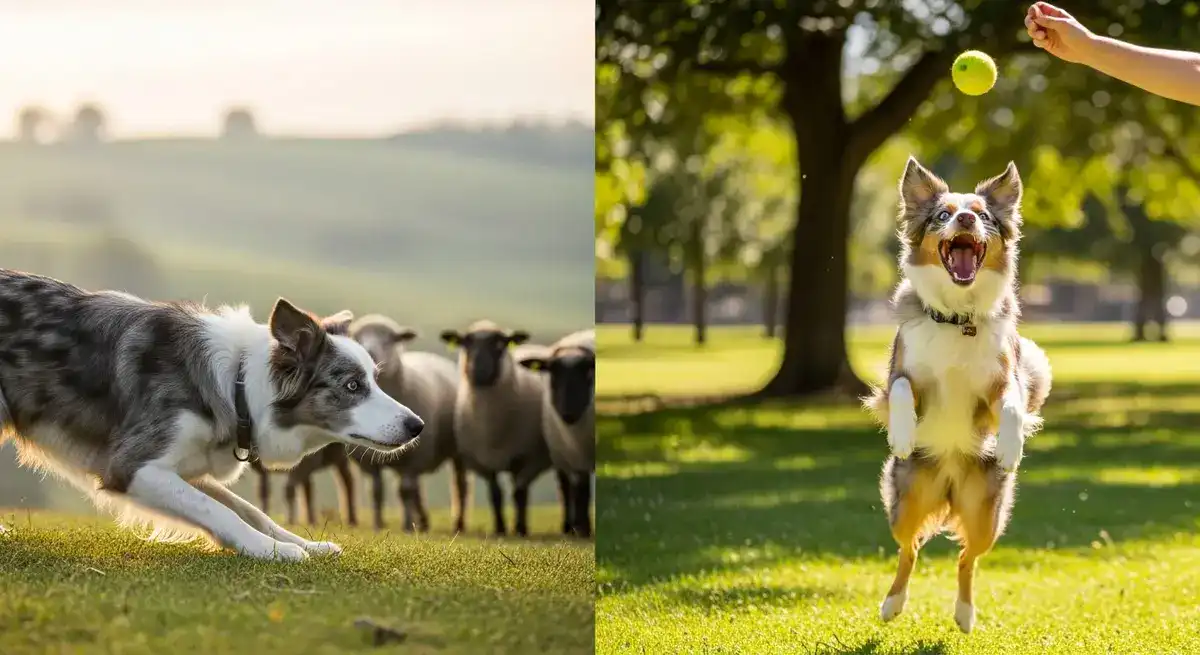-
·
Rottweiler Border Collie Mix Lifespan: How Long Do Border Rotties Live?
The Rottweiler Border Collie mix, often called a Border Rottie, combines the sharp intelligence of the Border Collie with the loyalty and strength of the Rottweiler. One of the most common questions new or prospective owners ask is: How long does a Rottweiler Border Collie mix live? Average Lifespan of a Border Rottie Most Rottweiler…
-

·
Border Collie Intelligence: Science, Traits & Training Tips
Border Collies are famous for their incredible intelligence. Often compared to a 4-year-old child, they can learn commands, solve problems, and even understand over 1,000 words! Their sharp minds and intense focus make them perfect for herding, agility, and more. This guide explains what makes Border Collie intelligence special, shares fun activities, and offers simple…
-

·
The Border Collie’s Physical Profile: A Complete Guide
There’s something truly special about Border Collies. While their intelligence is legendary, their physical attributes are equally impressive. Let’s explore what makes these herding dogs such captivating companions. Built for Work and Play: The Border Collie’s Athletic Body Border Collies are the embodiment of a working dog. Their bodies are finely tuned machines, designed for…
-

·
Are Border Collies More Hyper Than Border Aussies?
Are Border Collies More Hyper Than Border Aussies? Border Collies and Border Aussies are full of energy, smarts, and charm. But which one’s more “hyper”? If you’re choosing between these lively dogs or just curious, we’ve got you covered! A Border Aussie is a mix of a Border Collie and an Australian Shepherd. Both are…
-
·
Can a Goldendoodle Puppy Live Outside?
Goldendoodle puppies, those adorable mixes of Golden Retrievers and Poodles, are known for their friendly, cuddly, and smart personalities. But can they live outside? If you’re picturing your fluffy pup frolicking in the backyard all day, hold that thought! Let’s dive into whether outdoor living works for Goldendoodle puppies, why it might not be the…
-
·
Avoid This Mistake: Ethical Borador Acquisition Now
The Borador, a lively Border Collie Lab mix, is a hybrid dog known for its intelligence, energy, and loyalty, making it a beloved family dog. Whether you’re drawn to its playful spirit or working potential, deciding how to bring a Borador into your life—through Borador adoption or buying from reputable breeders—is a critical choice. This…
-
·
The Borador: Why Personal Space Disappears (and You’ll Love It) with This Loyal Mix
The Borador, a spirited Border Collie Lab mix, is a hybrid dog that captures hearts with its intelligence, energy, and loyalty. For potential owners and dog enthusiasts, Borador owner stories offer a window into the joys and challenges of living with this unique family dog. Through real-life experiences, this article explores what it’s like to…
-
·
Borador Health Essentials: Must-Do Strategies for a Healthy, Happy Dog!
The Borador, a lively Border Collie Lab mix, is a hybrid dog celebrated for its intelligence, energy, and sociability. As a cross between the athletic Border Collie and the friendly Labrador Retriever, Boradors are generally robust but prone to specific health issues due to their genetics. Proactive Borador health management is essential to ensure a…
-
·
The Ultimate Borador Training Guide: From Puppy to Service Dog
The Borador, a vibrant Border Collie Lab mix, is a hybrid dog breed known for its intelligence, energy, and sociability. Combining the sharp mind of a Border Collie with the friendly, adaptable nature of a Labrador Retriever, this hybrid excels in training, making them ideal for everything from family pets to service dogs. This guide…